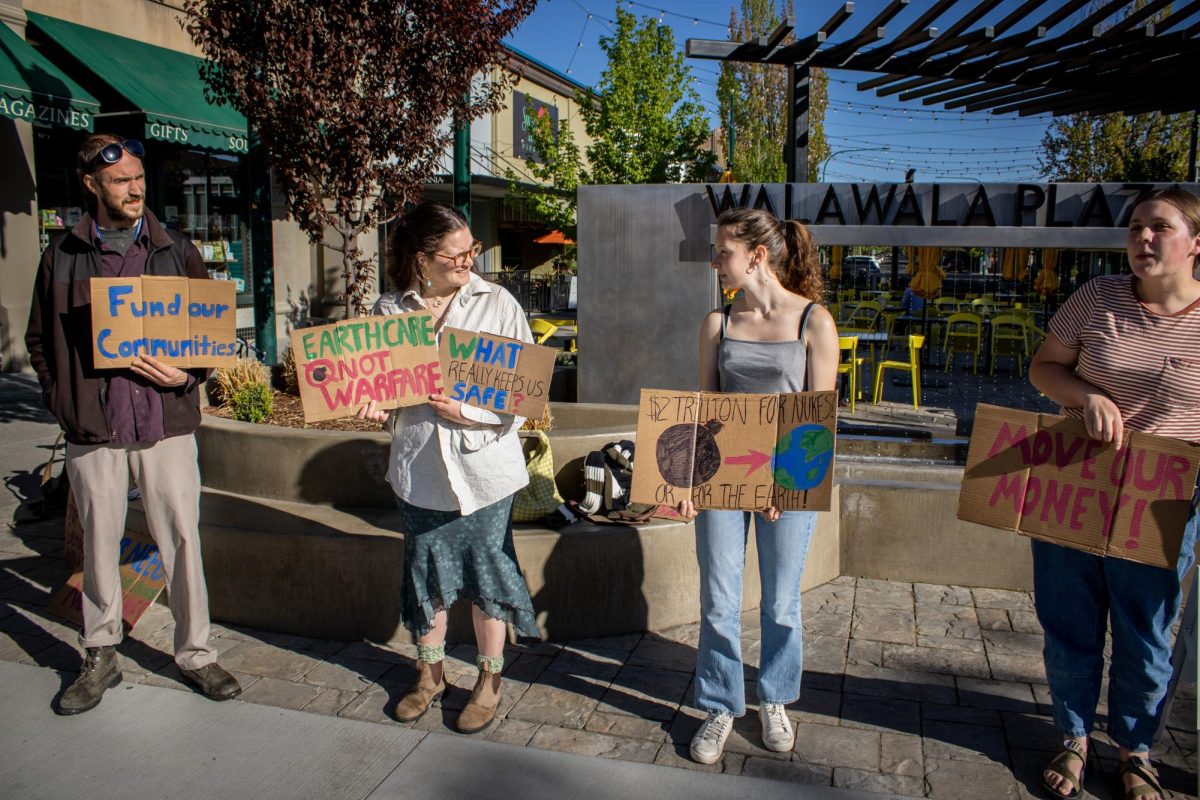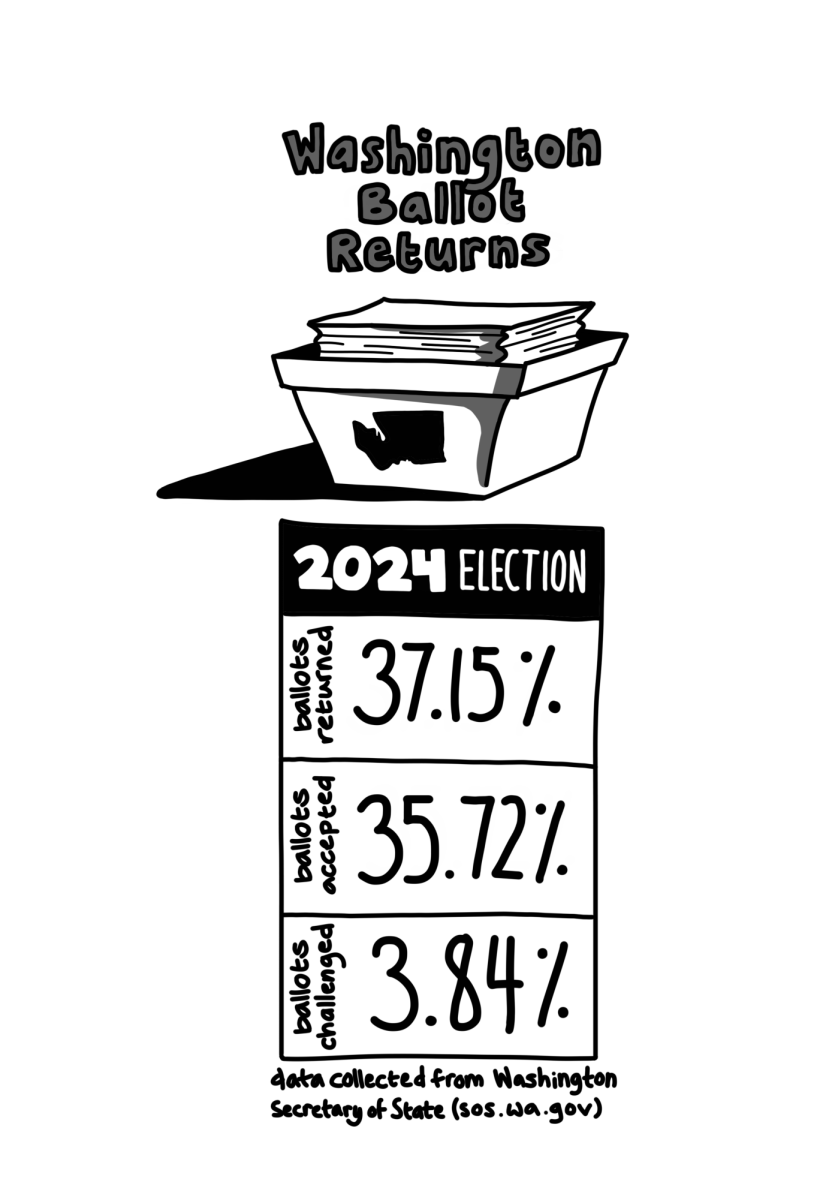
Promoting sustainability on a college campus requires long-term change. The beginning of a new wave can be seen today in the restrooms of Reid Campus Center: and the people who started it are confident it can spread. The change began last year, when a committee within Campus Climate Challenge (CCC) installed dual-flush toilets in the women’s restrooms at Reid.
According to the proposal submitted by CCC members Hannah Siano, Hannah Leigh and Maggie Allen, a dual-flush toilet is an “interactive toilet design that helps conserve water and handles waste differently than standard toilets. Lifting the handle up initiates a reduced flush, eliminating liquid and paper waste, saving about ½ gallon of water. Pushing the handle down initiates full flush, eliminating solid and paper waste.”
The proposal was written to solicit a loan from Whitman’s Sustainability Revolving Loan Fund (SRLF), a $25,000 allotment available for students undertaking projects to reduce resource use and waste on campus. Siano explained that projects funded by the SRLF must pay for themselves within five years.
“If we installed them across all the residence halls and academic buildings, we’d install about 150 new handles,” Siano said. “This would save 459.91 CCFs (100 cubic feet) per year; that would equal about $1800 in water costs for the school. It would pay back in five years, and then we’d profit afterwards.”
Siano said that the toilets have been installed only in the women’s restrooms because men’s restrooms contain urinals, which already save water.
In order to renovate bathrooms in Reid, the CCC committee needed the approval of Associate Dean of Students and Campus Center Manager Barbara Maxwell.
“I was supportive of their efforts and this project, so I gave them the green light to make Reid the ‘test subject’ for the dual-flush toilets,” Maxwell said. “If they have shown themselves to reduce the amount of water we use in flushing toilets, I can see no reason their proposal will not succeed.”
The group hopes to install dual-flush toilets in every building on campus. They originally wanted to install the toilets in the library because it is constantly frequented by students. However, library staff declined to use the library as a testing area, citing concerns about plumbing issues. Reid was chosen instead on the condition that if the toilets saved water and didn’t cause any plumbing damage, they would be installed in more buildings across campus.
As Siano described, the group is dealing with the complications of this arrangement. Without installing a separate water meter for the Reid bathrooms, the exact water-saving effect of the toilets cannot be determined.
“We’re talking to the physical plant about a better metering system, and possibly implementing them in Anderson Hall because there’s only one meter to the bathrooms there,” Siano said.
To further develop their proposal, the group is referencing data from the University of Michigan, which recently installed dual-flush toilets in its academic buildings and reported significant savings of water and money.







